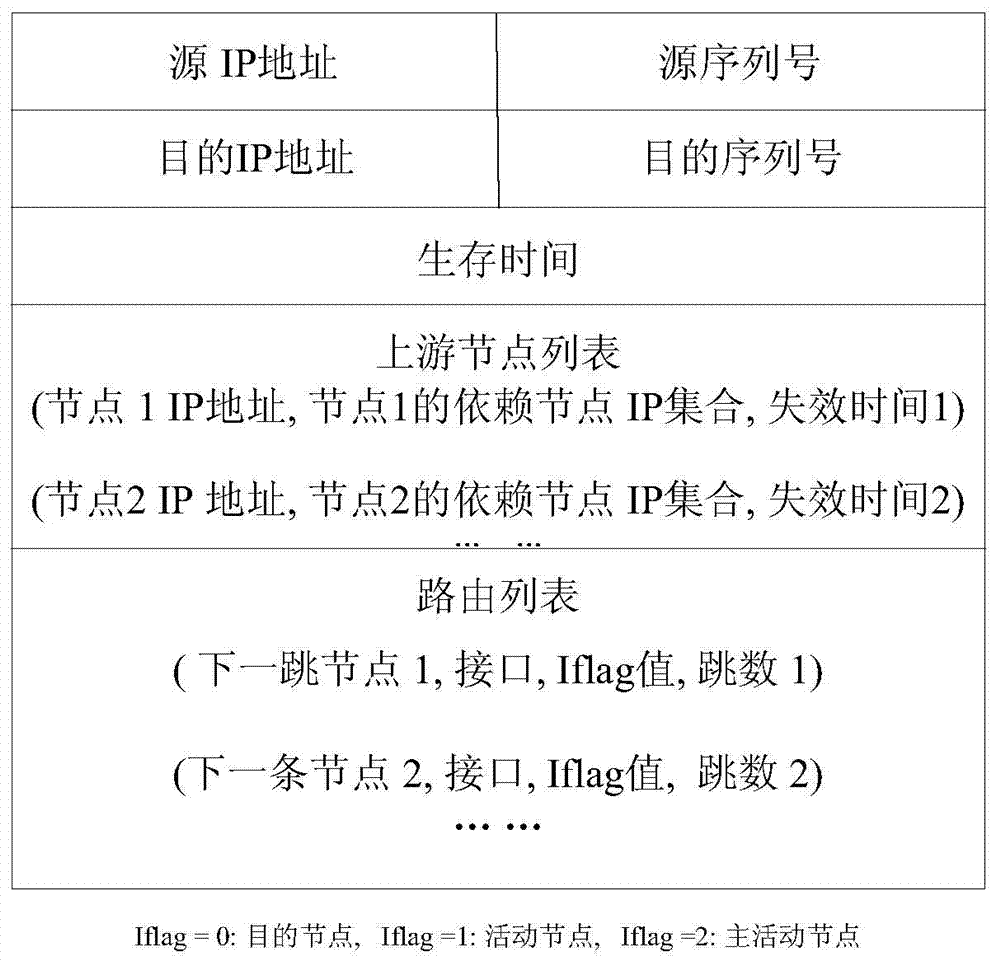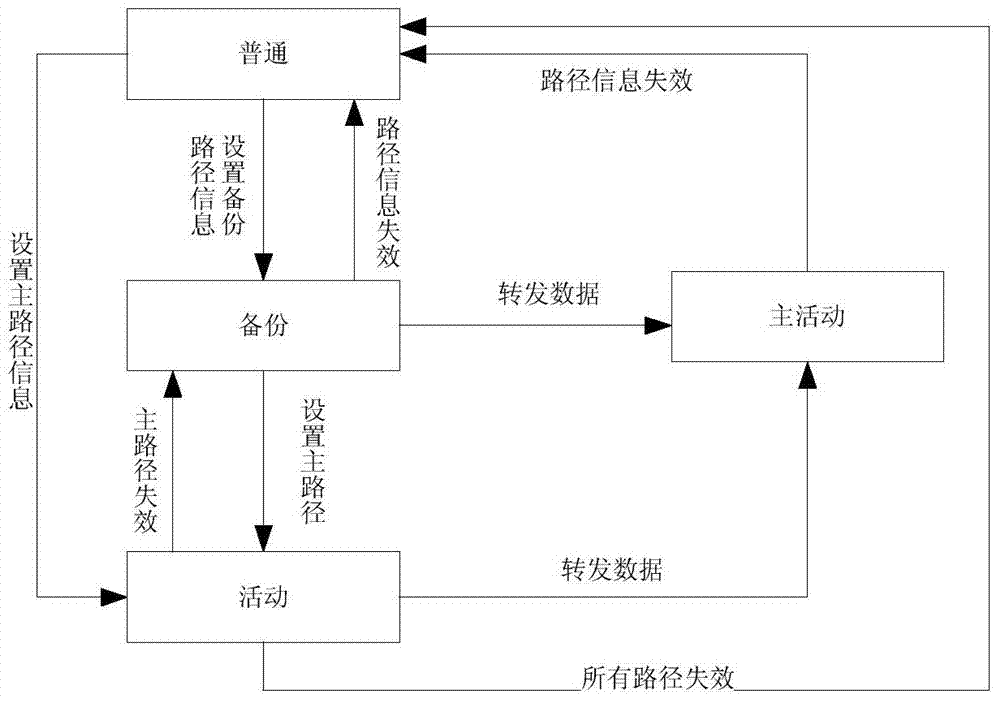Wireless self-organizing network fusing routing generation method based on node characteristics
A wireless self-organization and node technology, applied in wireless communication, electrical components, etc., can solve the problems that the wireless self-organization network is difficult to apply, and achieve the effect of reducing the complexity of the algorithm, avoiding the flooding of the entire network, and simple implementation
- Summary
- Abstract
- Description
- Claims
- Application Information
AI Technical Summary
Problems solved by technology
Method used
Image
Examples
Embodiment Construction
[0034] The present invention will be described in further detail below in conjunction with the accompanying drawings and embodiments.
[0035] Terms and theoretical basis involved in the present invention:
[0036] a. The node ID is the unique identifier of the node; the node serial number indicates the new and old state of the node, and its value increases monotonically; the directed non-loop path between two nodes is the route between the two points.
[0037] b. Let the path from source node s to destination node d be x 0 ->x 1 ->... -> x n , where x 0 =s,x n = d. If ii for x j Regarding the preceding nodes of the target node d, the set of all preceding nodes is the set of preceding nodes of the point on the path; for all the paths reaching the target node d, the node x j The set of predecessor nodes about the target node is the union of all the predecessor sets about the path.
[0038] c. For the path X=x from source node s to destination node d 0 ->x 1 ->... -> x...
PUM
 Login to View More
Login to View More Abstract
Description
Claims
Application Information
 Login to View More
Login to View More - R&D
- Intellectual Property
- Life Sciences
- Materials
- Tech Scout
- Unparalleled Data Quality
- Higher Quality Content
- 60% Fewer Hallucinations
Browse by: Latest US Patents, China's latest patents, Technical Efficacy Thesaurus, Application Domain, Technology Topic, Popular Technical Reports.
© 2025 PatSnap. All rights reserved.Legal|Privacy policy|Modern Slavery Act Transparency Statement|Sitemap|About US| Contact US: help@patsnap.com



